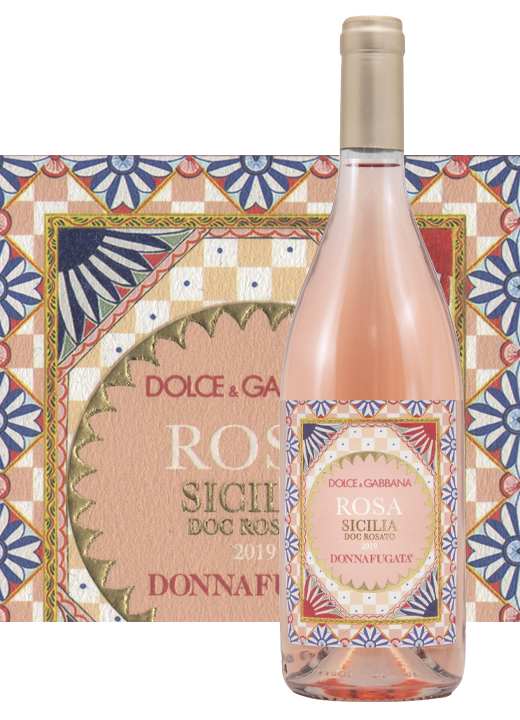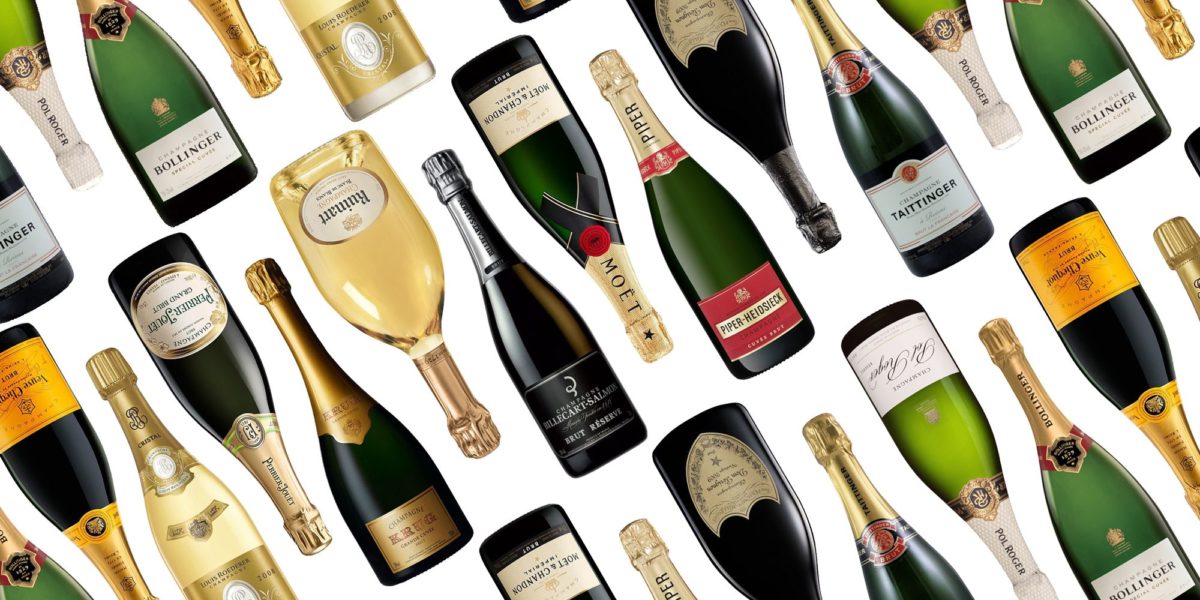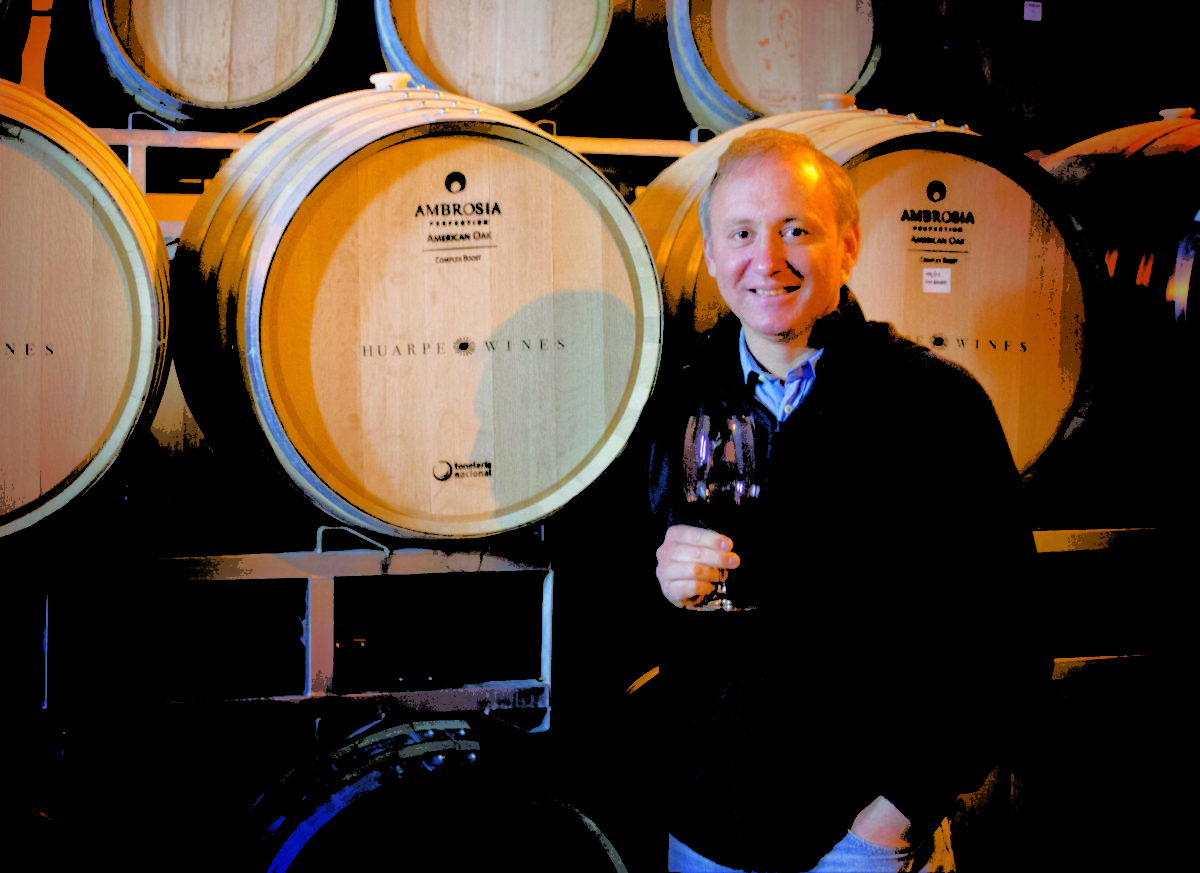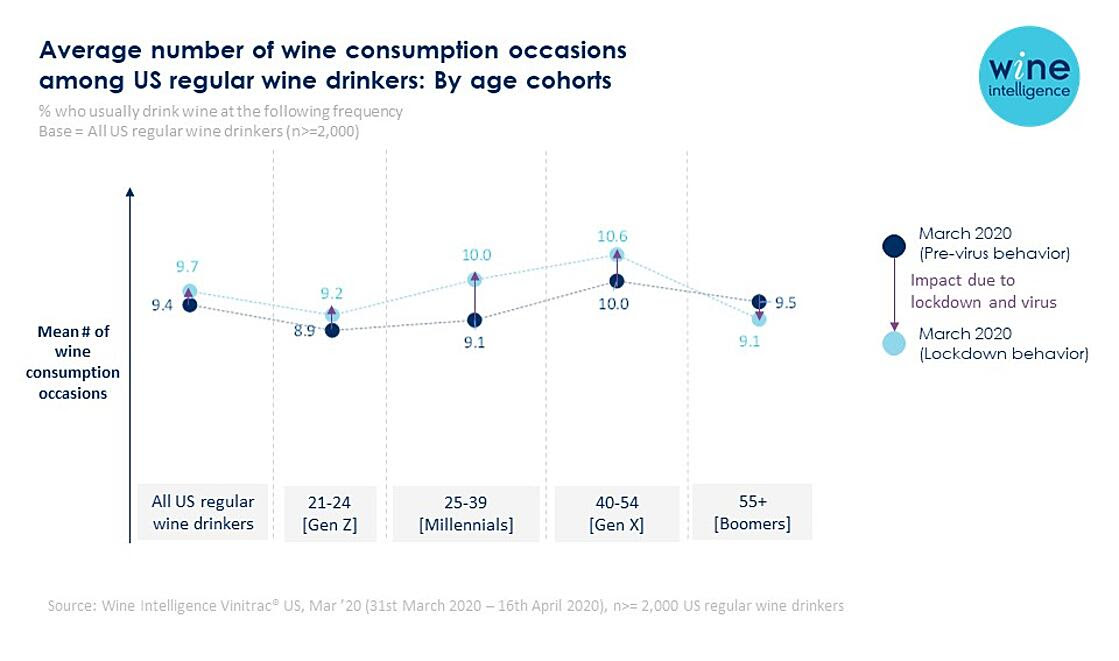With rosé sales surging during lockdown, Italian fashion house Dolce & Gabbana has joined the party, and teamed up with Donnafugata by designing a label for a new Sicilian rosé – Dolce & Gabbana Rosé 2019.
Donnafugata Dolce & Gabbana Rosa 2019 is a Provençal-style pale pink made from a blend of native Sicilian grapes Nerello Mascalese and Nocera grown on the northern slopes of Mount Etna and on the hills of Contessa Entellina, near Palermo.
Tasting notes include notes of jasmine, wild strawberry, peach and bergamot, with the Nerello Mascalese adding a mineral component and the Nocera bringing red and stone fruit to the blend.
The bottle’s geometrically patterned blue, red, white and pink label, designed by Dolce & Gabbana, is inspired by the ornate detailing of traditional carts native to Sicily.
“We are Italian, we love to eat and drink a good wine, like Rosa, born from our collaboration with Donnafugata. For us it is like tasting the smells of our land, seeing it’s colours and feeling its atmosphere,” the fashion design duo said.
The wine goes on sale via the Dolce & Gabbana website June – just in time for summer.
This isn’t the first time Dolce & Gabbana have moved their brand beyond clothing. They have put their hands to everything from pasta tins for Pastificio di Martino to juicers, toasters and kettles in a lucrative collaboration with Smeg.
Website: https://www.donnafugata.it/en/





